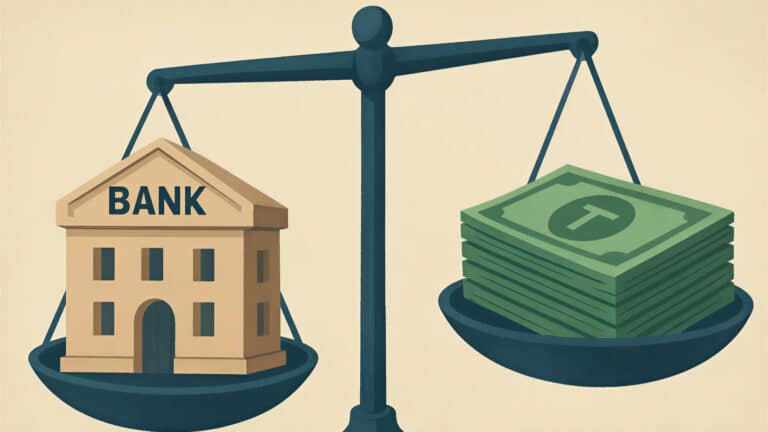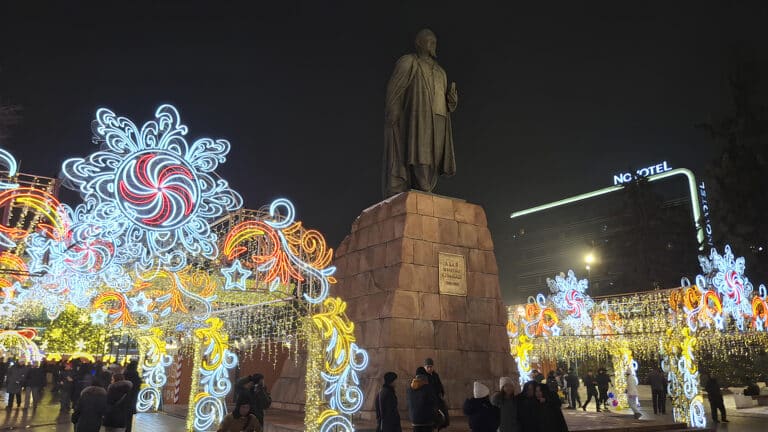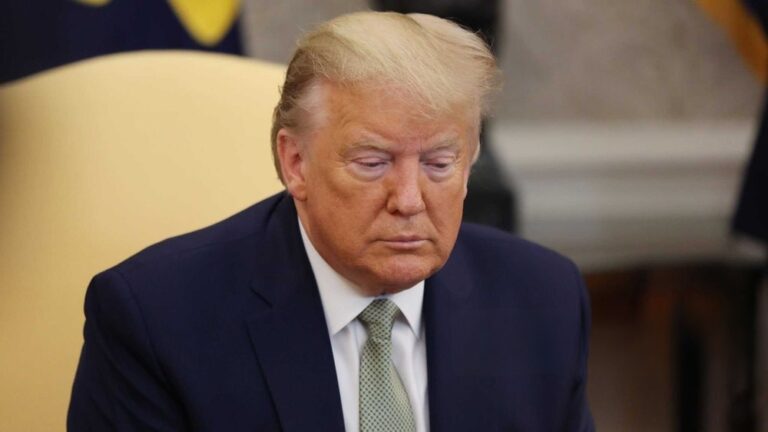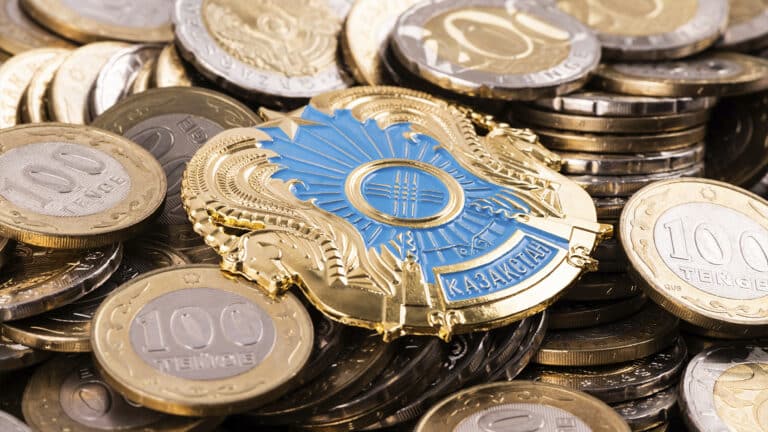
High-interest rates in Kazakhstan have effectively turned into subsidies for commercial banks, although there are several ways to clear this hurdle and lower the state budget burden.
Kazakhstan is an open economy that depends on global prices for imports and exports and fluctuations in exchange rates. The general increase of the Consumer Price Index for the past twelve months is more than 8% in the U.S. and 7% in the European Union. In the West, Food Price Indexes are higher than general indexes, even though in Kazakhstan food accounts for a much bigger share of the consumer basket.
The second factor that drives inflation is the weakening (even a temporarily) of the tenge, the national currency in Kazakhstan. This factor negatively affects domestic prices for imported goods.
I believe that small economies are currently trapped in nets of monetary policy by developed countries, so they have just a little room for control over inflation while the exchange rate is stable.
No doubt, high-interest rates make people tend to save money. The problem is that the group of such money savers who are sensitive to fluctuations of the interest rate in Kazakhstan is too small and does not exceed 400,000 people. For example, the difference between the base rates in the U.S. and Kazakhstan is much bigger than the difference between the inflation rates in the two countries. The difference between the base rates in KZT and USD (14 – 1 = 13%) and the difference in inflation (12 – 8 = 4%) indicate that Kazakhstan’s government is implementing a tougher monetary policy.
From a practical point of view, these high-interest rates are nothing more than subsidies in favor of commercial banks and citizens with a high level of income. The massive scale of these subsidies (from $637.5 million to $1.7 billion a year) is based on excessive interest costs by the state budget and quasi-sector.
The country’s government is forced to constantly increase subsidies in order to just keep the ability to continue subsiding interest rates when borrowings have become more expensive. This is a double hit to the state budget.
When a working capital facility is expensive, it is another factor that drives inflation.
The subsidizing is a hurdle by itself. It makes financial institutes less flexible, slows the loan facility providing process, and lessens the effectiveness of the invisible role of competition.
It’s not a secret that cheap loan facilities are a key driver of entrepreneurship in any country.
Modern high-tech production always requires huge investments and the availability and cost of this capital is a critical factor that increases or decreases the competitiveness of a state. Production now is not as sensitive to labor costs or tax preferences or tariffs as it was before. We are losing the competition for investments that could have been brought into our production sector because our neighbors have a smaller gap between cost and availability of loan facilities.
We desperately need cheap loans for small and medium-sized businesses, the production sector, trade, construction sector and so on. This is necessary to fill the economy with goods and services which are available to people. This is necessary to promote the growth of business activity and reduce inequality.
However, the share of loan facilities for businesses in Kazakhstan’s GDP has been reducing since 2015 and has now reached a record low.
That is why the government in our country has to do everything needed to get growth of lending on a level comparable with countries similar to Kazakhstan in terms of economy. What specific actions does the government have to take?
First, the country must bring its national monetary policy to normal and synchronize it with similar policies in other countries that are international trading partners with Kazakhstan. Of course, the government has to take into account the presence or absence of individual shocks for each of those countries. For example, if a neighboring country is implementing a soft monetary policy despite inflation, we have to do the same to keep the national economy competitive.
Second, the National Bank of Kazakhstan should be less reluctant in using gold and foreign currency reserves to mitigate speculative attacks. The regulator mustn’t prevent the exchange rate from adjusting to changes in price for exports and imports though. The weakening of the national currency is a tool to offset shocks when commodity prices sharply plunge.
Third, together with the Agency for Regulation and Development of the Financial Market, the government has to consider the possibility of softening prudential standards for providing loans to small businesses and companies. They have to create new regulative incentives that can make lending for small and medium-sized businesses more attractive and to make clear the role of the National Bank as a lender of last resort. The regulator must play a bigger role here. And of course, some regulatory benefits for banks are needed when they are going through public offerings on Kazakhstan’s stock exchanges.
All these measures can drastically cut public costs and subsidiary rates and facilitate quantum growth of the economy in a situation when commodity prices are at their highest and a huge amount of foreign currency flows into the country.













